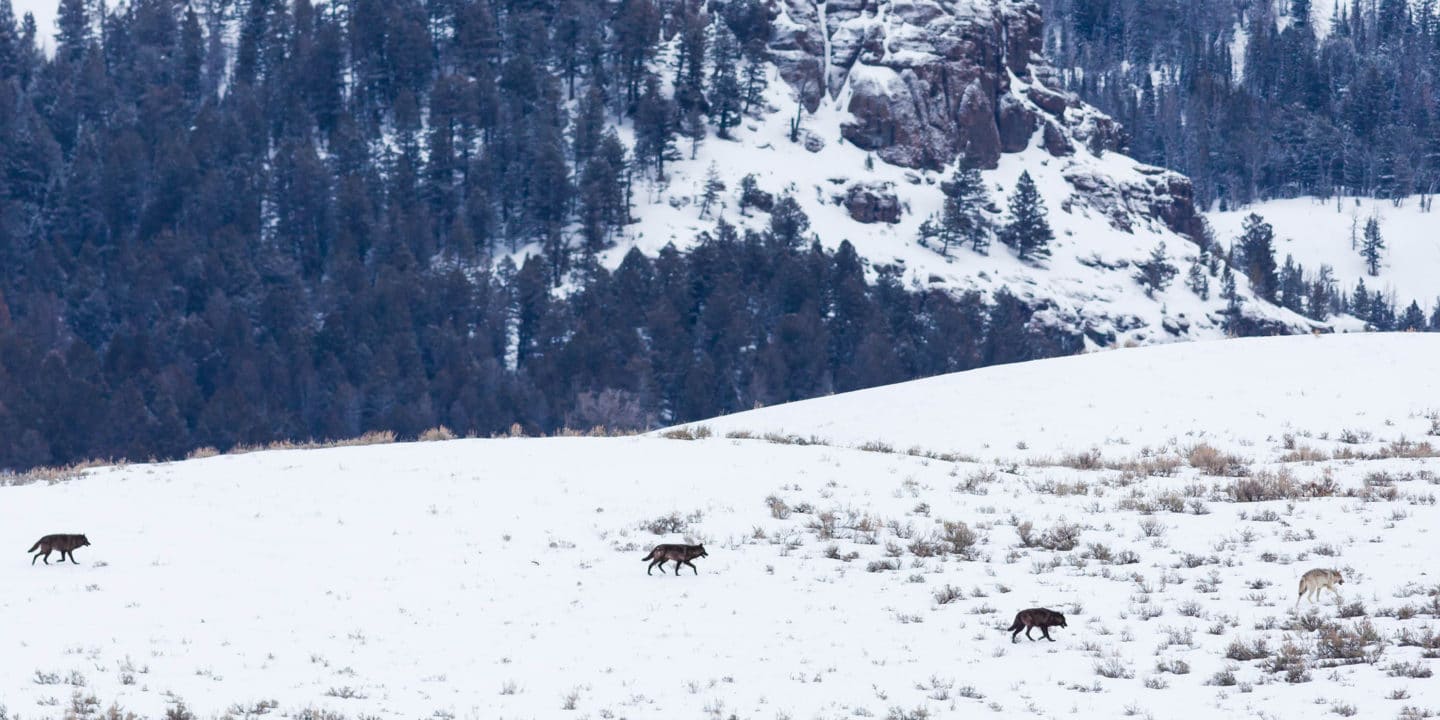In the first week of Montana’s new wolf-hunting season, three wolves from Yellowstone National Park have already been killed. If you have joined us on a Yellowstone Wildlife Safari this year and witnessed the Junction Butte wolf pack, you have likely seen the exact wolves that were lost. Two female pups from this year’s litter of 8 were shot and killed, and one female yearling, all from the same pack.
Six months still remain in Montana’s recently expanded wolf-hunting season and the impacts on Yellowstone’s wolves, wildlife, and world renowned tourism industry could be devastating.
The story of Yellowstone’s wolves is one of peaks and valleys, both literal and figurative. Seen as a pest, a threat, or a nuisance, wolves were almost entirely extirpated from their historic range in the contiguous United States by the early 1900’s. In 1926, the last wolves in Yellowstone National Park were killed, and not long after the only American land south of the Canadian border that maintained a viable wolf population was in northern Minnesota. In 1973, the US Fish & Wildlife Service (USFWS) listed wolves in the Rocky Mountain West as an ‘endangered species,’ and designated the Greater Yellowstone Ecosystem (GYE) as one of three recovery areas. Several years later, as our collective understanding and appreciation of ecology and wildlife biology improved, the National Park Service (NPS) and USFWS restored wolves to Yellowstone. Between 1995-1997, 41 wolves from western Canada and northwest Montana were reintroduced to Yellowstone National Park. The wolf population has since stabilized in the Park (~100 wolves) and expanded beyond the Park’s invisible boundaries. In 2011, wolves were delisted (removed from the Endangered Species List) in Idaho and Montana, and in 2016 they were delisted in Wyoming. Since then, each of the three states that make up the GYE have allowed hunting and trapping of wolves outside of the National Park boundaries, and the wolf population has remained fairly stable in recent years.
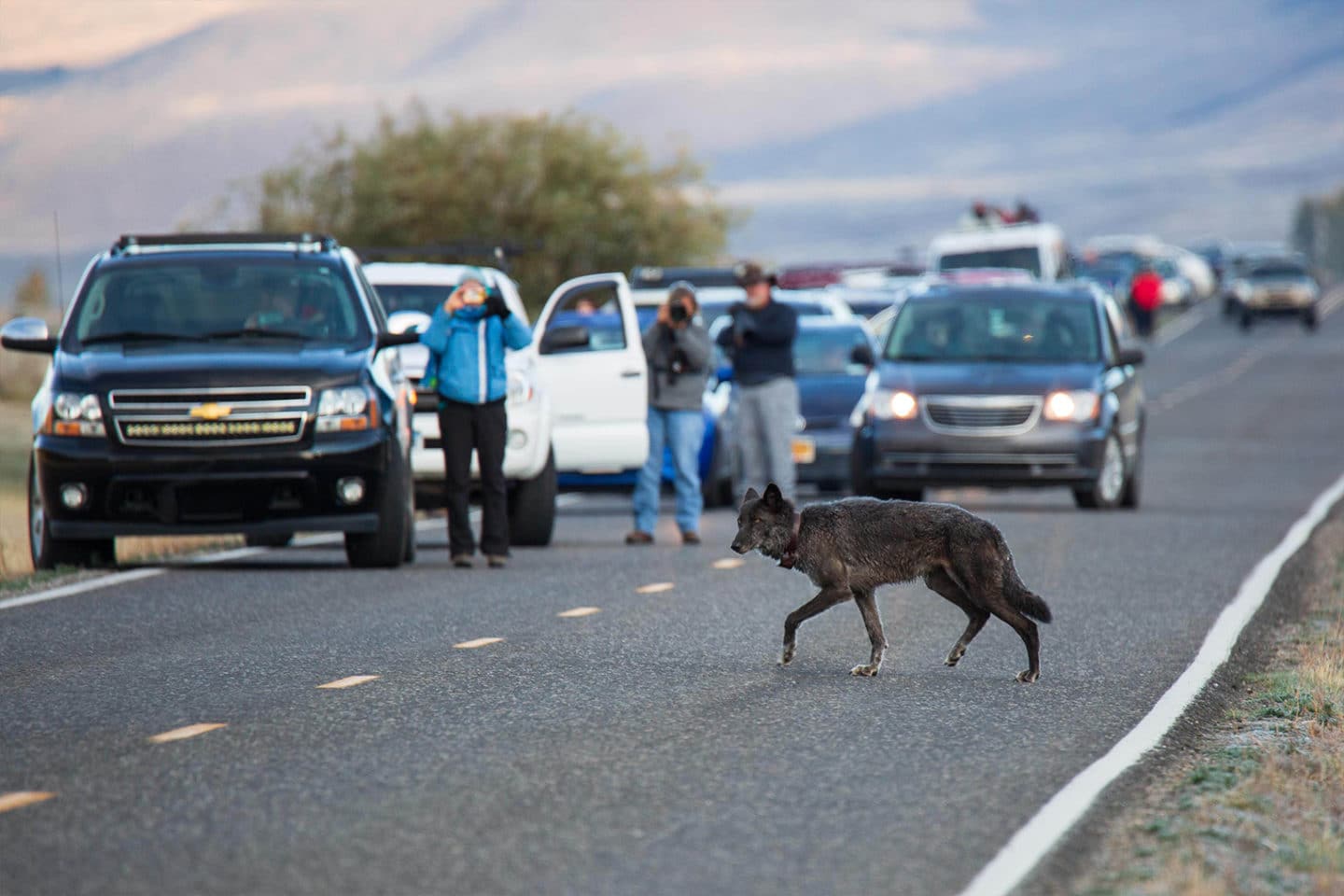
The benefits of having wild wolves on the landscape are well documented, and undeniable. A study from 2006 determined that Yellowstone’s wolves alone generate $35 million dollars annually in direct tourism revenue, and over $70 million in indirect tourism revenue. Considering that Yellowstone National Park welcomed approximately 2.6 million visitors in 2006 and saw nearly a million more in 2020 at 3.8 million, that revenue figure is now outdated, and likely far higher, as wolf-watching in Yellowstone National Park has only gotten more and more popular in the last 15 years. Here at Yellowstone Safari Company, wolves are undoubtedly one of the main requests that our clients hope to see when they book a wildlife safari with us. Love them or hate them, wolves are job creators, and their presence on the landscape supports tour operators, restaurants, hotels and lodges, gift shops, and more.
Wolves have also had a remarkable impact on the ecological health of the GYE, increasing the biodiversity across the landscape, and improving the health of their prey populations by removing diseased and defective animals. Wolves in the Rockies are primarily elk eaters, but according to each state’s wildlife management agency, Idaho, Wyoming, and Montana all have larger elk populations now than they did before the wolves were restored to the area. While there are undeniably some human-wildlife conflicts that still need to be mitigated, the numbers don’t lie, wolves have had a positive impact on the economy and ecology of this region.
The wolves of Yellowstone National Park are the centerpiece of one of history’s most celebrated and well-researched conservation success stories. They are undoubtedly the most publicly viewed, the most studied, and the most economically valuable wolves in the world.
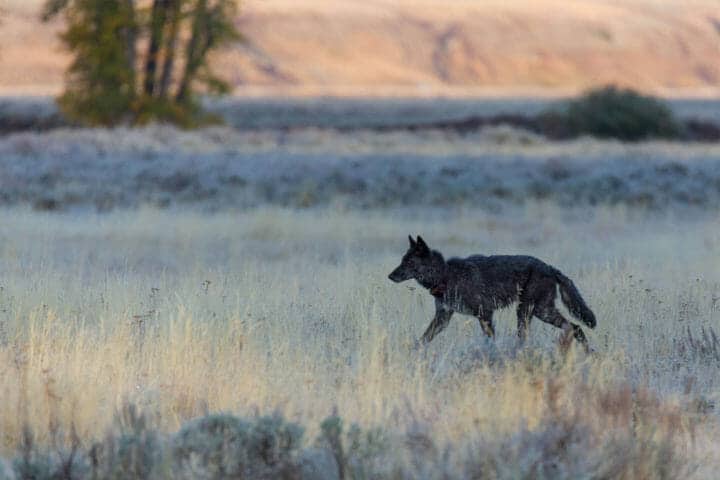
When the boundaries of Yellowstone National Park were originally drawn, they had nothing to do with encapsulating prime wildlife habitat, and like all of the animals in Yellowstone, the wolves don’t exclusively stay within these park boundaries. What happens outside the National Park can have significant consequences inside the park, especially when it comes to wolves. The loss of specific pack members can completely destabilize wolf packs, causing a variety of problems within their social groups, as well as across the landscape that these apex predators help regulate.
Wyoming has had fairly aggressive wolf-management policies for years. In 85% of that state, wolves can be killed at any time, by almost any means. Recently, both Idaho and Montana have implemented new regulations aimed at reducing each state’s wolf population by roughly 90%. Two of Montana’s Wildlife Management Units (WMU’s 313 & 316) directly border the Northern Range of Yellowstone National Park, and there is no barrier that separates what is, or is not, protected land for the wolves that inhabit this region. In recent years, the quotas for wolf-hunting in those WMU’s were quite low, usually just 1-3 wolves for the entire season. New legislation pushed by the state legislature in Montana has completely removed the quotas for those districts, meaning that any and all wolves that cross into that area until March 15, 2022 can be killed.
There are several other deeply troubling changes to the laws targeting Montana’s wolves this year.
By purchasing a permit that costs less than the entrance fee to Yellowstone National Park, hunters can now kill up to 10 wolves each, including wolves collared by researchers; night-hunting is now allowed on private lands; neck- and leg-snares are now legal for targeting wolves (though they often catch untargeted wildlife); quotas have been removed in WMU’s directly bordering both Yellowstone and Glacier National Parks, allowing killing of potentially unlimited numbers of the Park’s wolves; reimbursements for the cost of hunting and trapping wolves can now be given, essentially creating a bounty on wolves; and baiting of wolves is now legal statewide in Montana, which goes against decades of hunting-ethics and public-safety advice from state and federal wildlife experts.
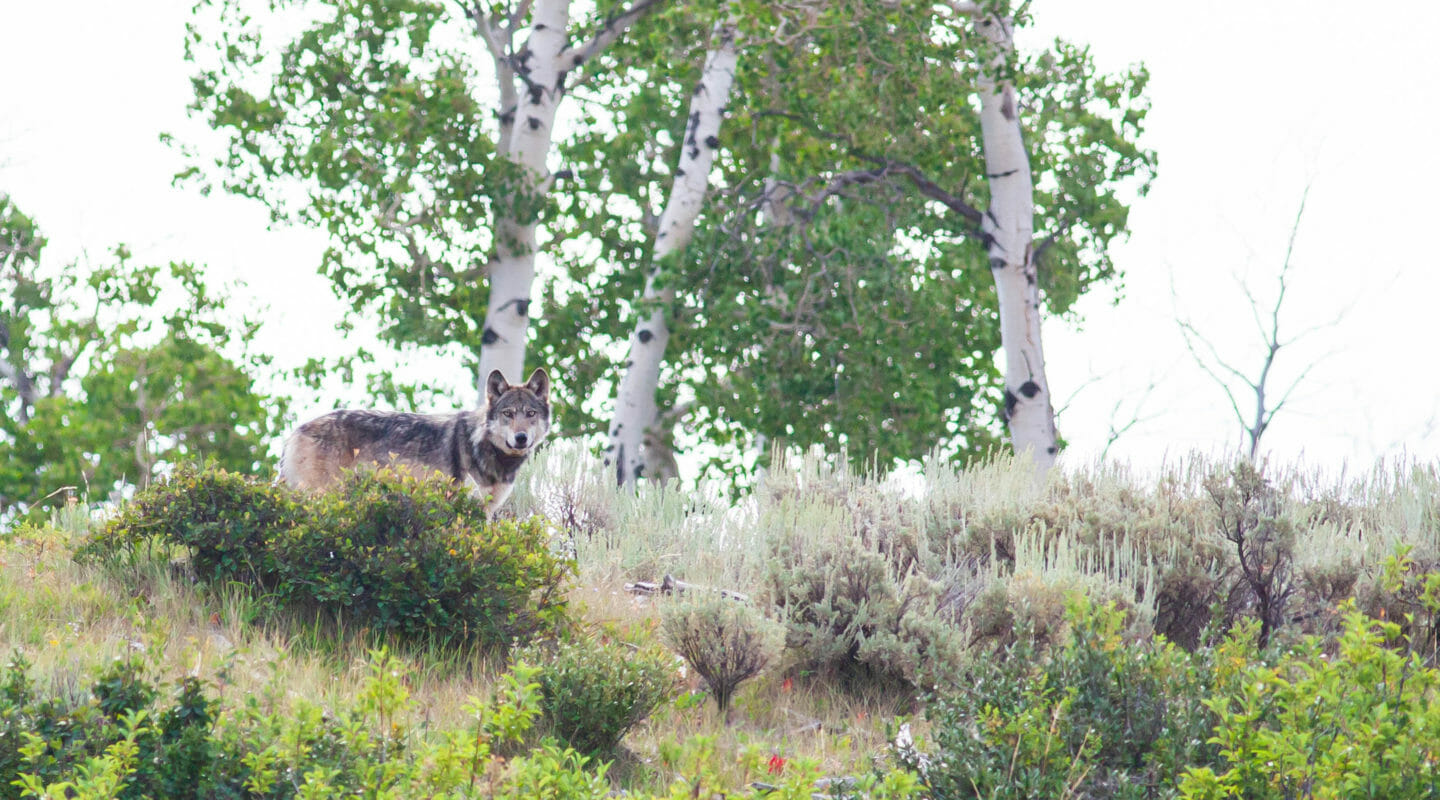
The policies unfolding are not backed up by science or data, and have been met with strong opposition from past and present wildlife-management experts in the region. There is not an overpopulation of wolves, and there is not an underpopulation of elk. Domestic dogs kill far more livestock than wolves do, and the states of Idaho, Wyoming, and Montana all have reimbursement programs in place for ranchers who lose livestock to wildlife. There has never been a recorded attack on humans made by wolves in Montana.
As a small business based in Montana, and a partner with the National Park Service, Yellowstone Safari Company supports science-based wildlife-management. Science simply does not support these current regulations, and we join the chorus of scientists, hunters, conservationists, and wildlife officials who oppose these new regulations.
Yellowstone Safari Company strives to educate our clients, guests, and friends about the importance and value of wolves and other wildlife on the landscape. We’ve seen first-hand, as have many of you, the economic and ecological benefits that these animals have had throughout the Greater Yellowstone Ecosystem. And while we fully understand that wolf-hunting was an agreed-upon aspect of the wolf restoration program out west, we feel that the new policies in Montana will do immense damage to our state’s long-held reputation as a leader in science-based wildlife management.
Wildlife in the United States is considered a public trust; it belongs to all of us. State officials in the Rocky Mountains bear the responsibility of managing and safeguarding wildlife not just for their voter base, but for everyone who comes to recreate in the National Parks and other Public Lands that we collectively own as Americans.
The USFWS recently stated that they would begin a 12 month status review of the Rocky Mountain wolf population, citing serious concerns about the future viability of wolves under these new regulations. A public comment period is open until mid-December this year, related to this status review.
If you are concerned about the future of wolves in the Rocky Mountains, especially here in the Greater Yellowstone Area, you have the opportunity to voice your concerns through the public comment process.
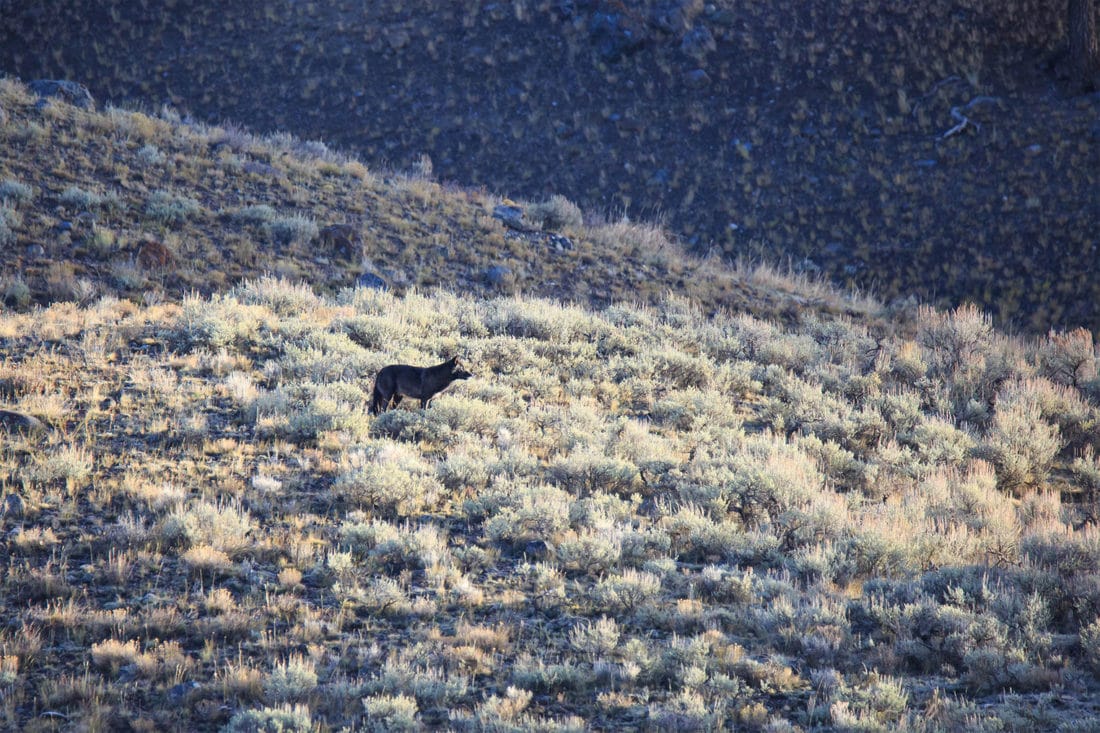
Just two weeks before this wolf hunting/trapping season ends, on March 1, 2022, Yellowstone National Park will turn 150 years old. It’s the oldest National Park on Earth. How far have we come since this fabled wonderland first gained protections, and how far do we still have to go to properly respect and acknowledge the legacy of Yellowstone National Park, and all of its wild inhabitants?
Sources
https://www.fws.gov/species/elk-cervus-elaphus
https://www.humanesociety.org/sites/default/files/docs/HSUS-Wolf-Livestock-6.Mar_.19Final.pdf
https://www.regulations.gov/document/FWS-HQ-ES-2021-0106-0001
https://mountainjournal.org/respected-former-wildlife-commissioners-condemn-montana-slaughter-of-wolves
https://www.nationalgeographic.com/animals/article/yellowstone-wolves-reintroduction-helped-stabilize-ecosystem
https://trib.com/news/state-and-regional/study-parks-wolves-worth-millions/article_6116d733-c9a0-5a5c-a74e-87b563ceedf1.html
https://irma.nps.gov/STATS/SSRSReports/Park%20Specific%20Reports/Annual%20Park%20Recreation%20Visitation%20(1904%20-%20Last%20Calendar%20Year)?Park=YELL

